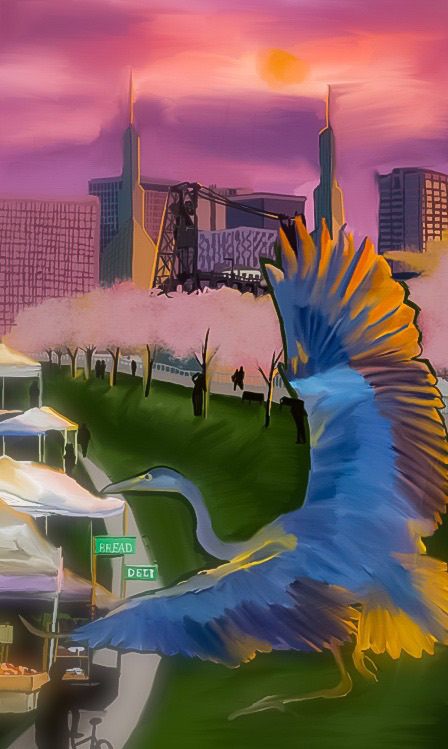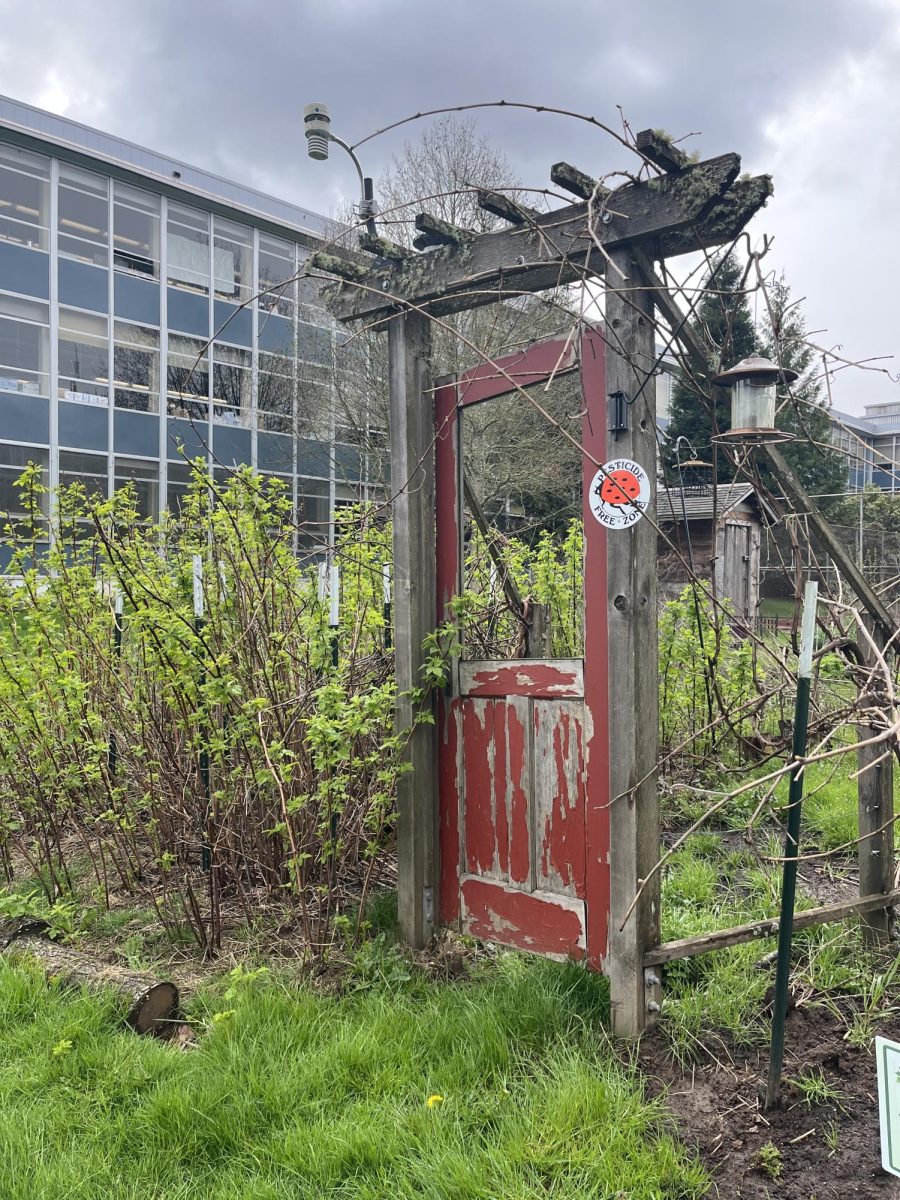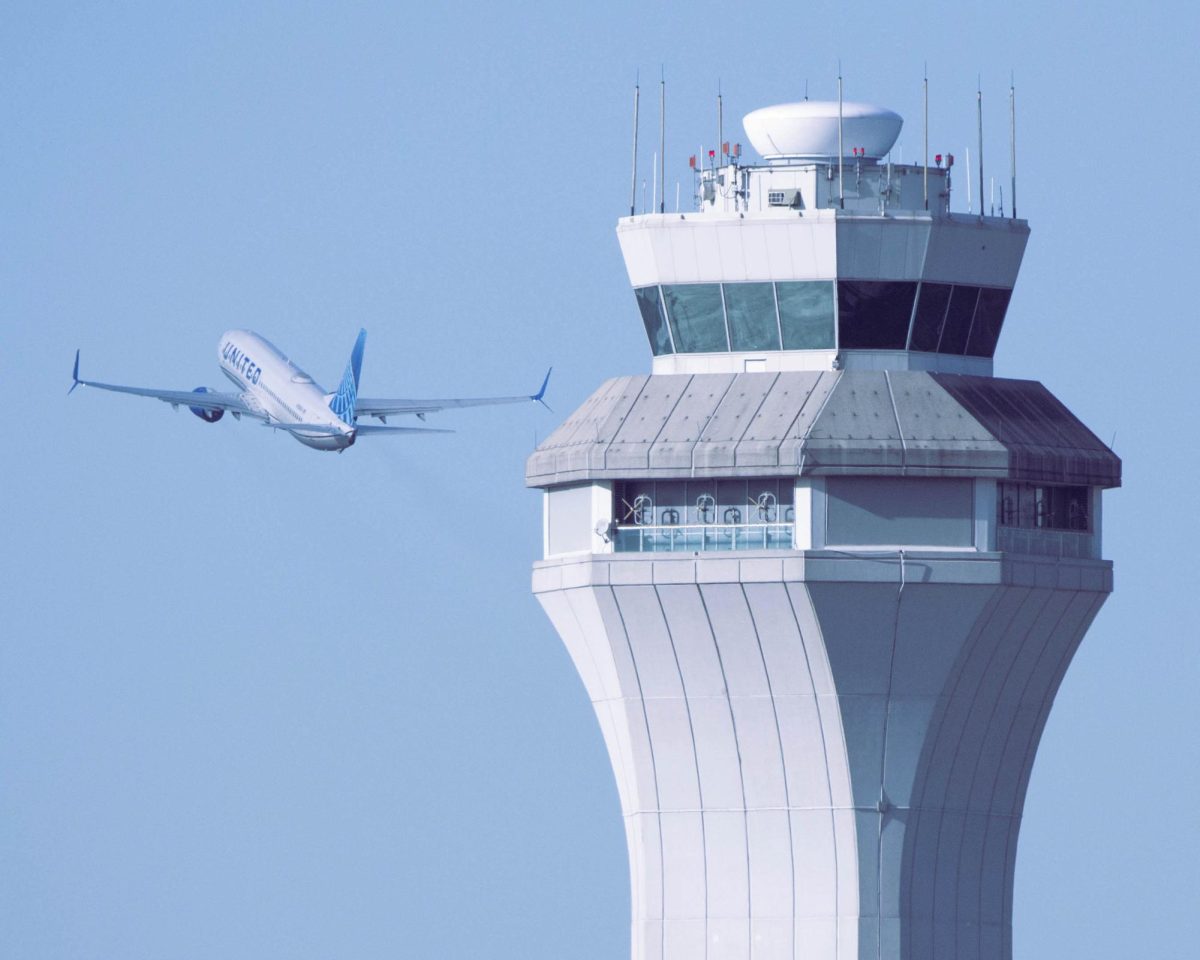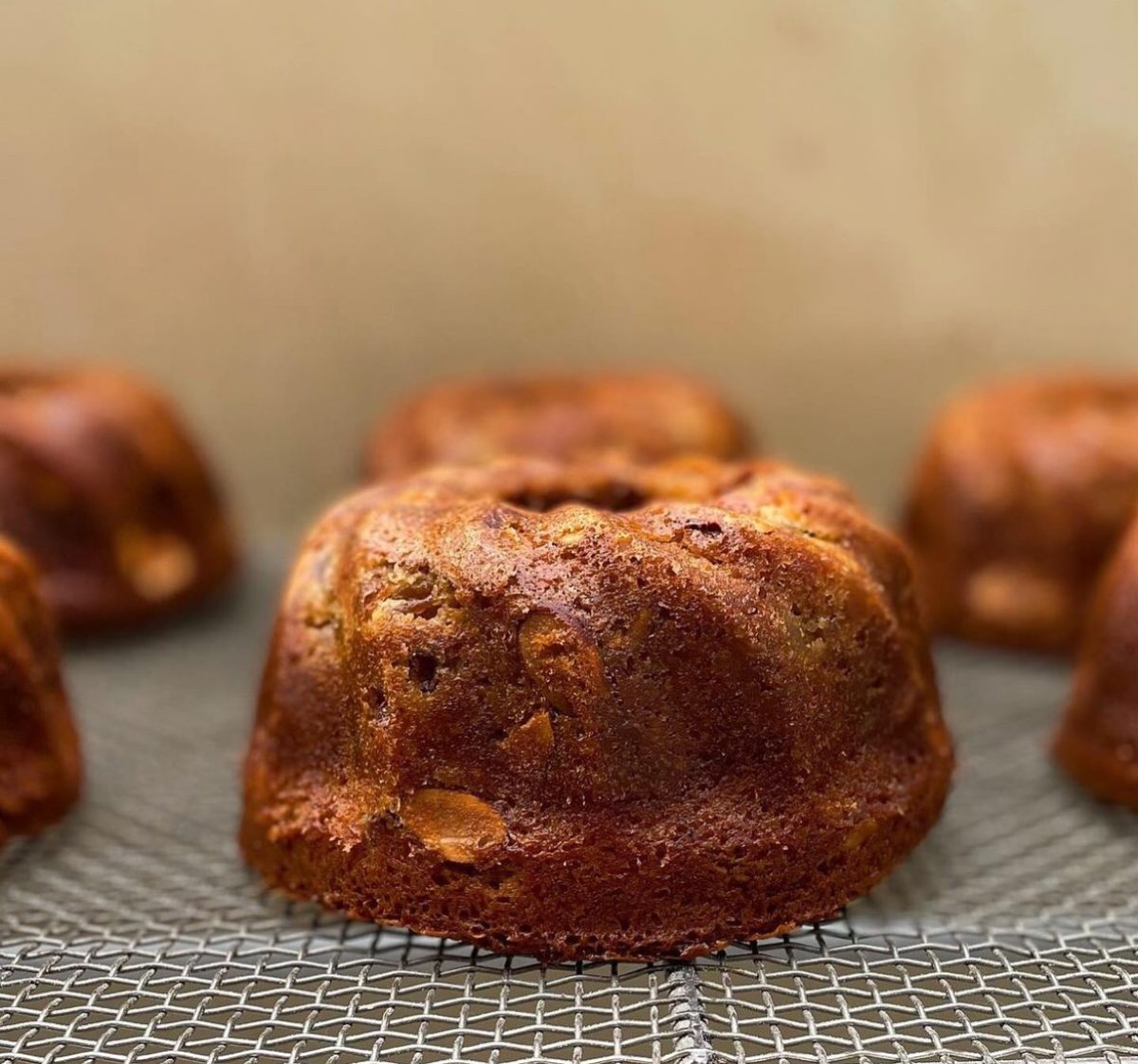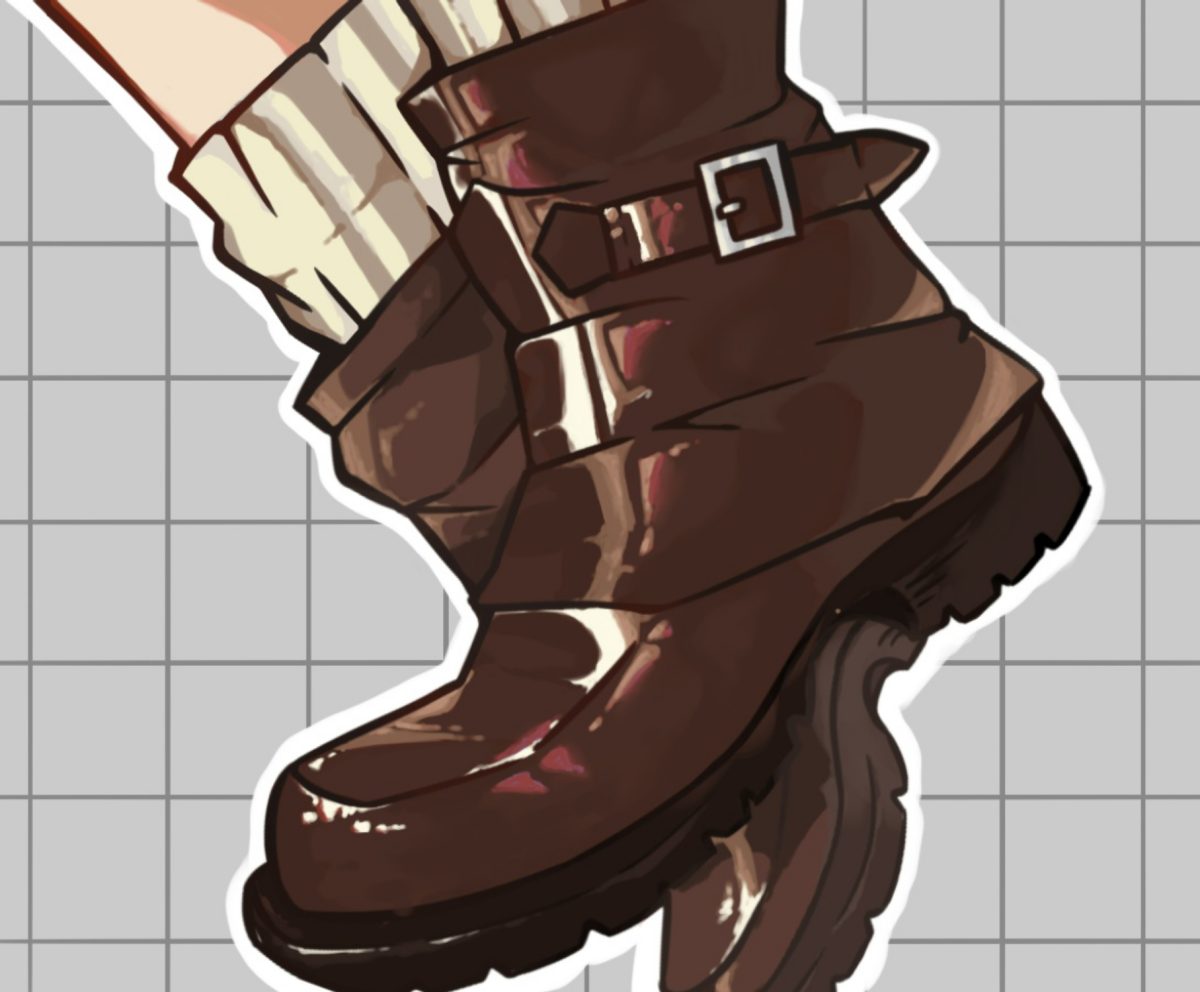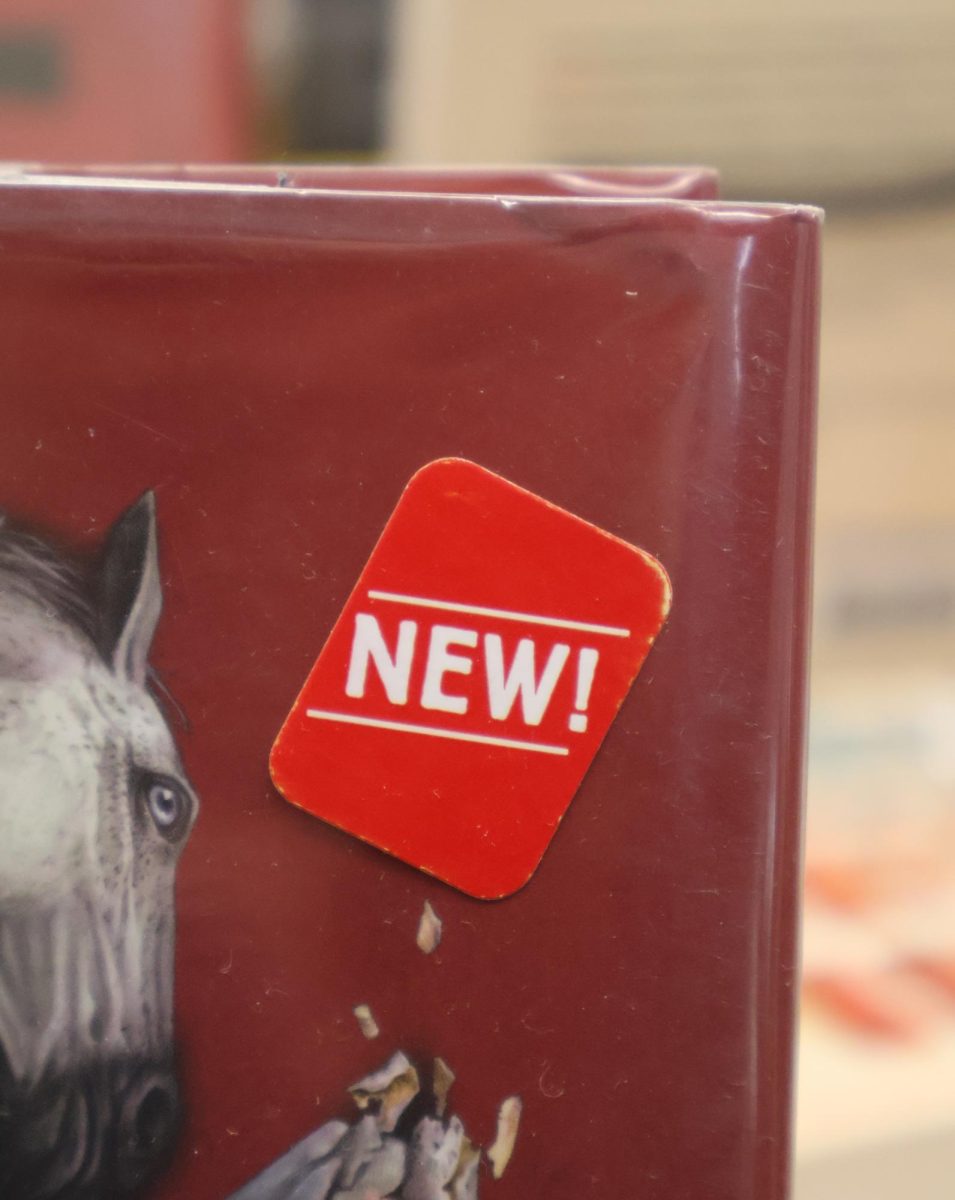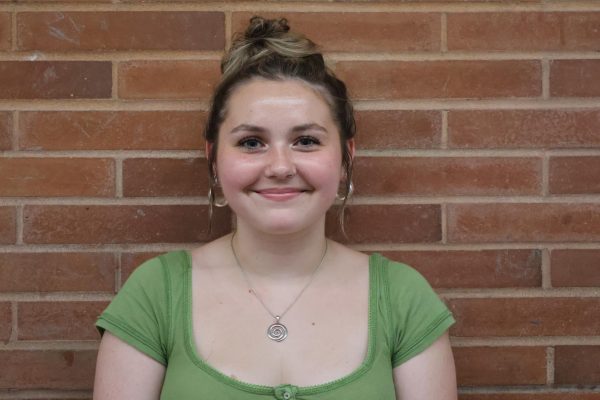As part of the Pacific Northwest, Oregon is known for its quaint beach towns, mountain scenery, vineyards and most populous city, Portland.
For many Oregonians, spring brings the first tastes of summer, with warmer weather and spotty rainfall towards the tail end. People start spending more time outdoors, whether that means playing a spring sport, going for a hike or visiting a local farmers’ market.
“Spring in Oregon is just so much fun. Especially when it starts to get warm out, everyone is spending so much time outside, and it’s just so much fun to be in the sun and warm weather after a rainy winter,” says Maddy Garfinkle, a junior at Ida B. Wells.
Warmer weather is an excellent reason to shop local, specifically at nearby farmers’ markets.
The Ida B. Wells community is lucky enough to have the Hillsdale Farmers’ Market open Sundays from 9 a.m. to 1 p.m. in the Rieke Elementary parking lot just down the street from IBW.
“Farmers’ markets play a number of roles in local communities, many of which are often overlooked,” says Lacey Waldon, a market manager at the Hillsdale Farmers’ Market. “One of the most obvious functions of a farmers market is to bring fresh, local produce directly to consumers, shortening the distance that our food travels and connecting farmers with the people they feed — and the other way around,” she says.
According to the Oregon Farmers Markets Association, there are over 136 farmers’ markets in Oregon, which “provide families of all income levels access to nutritious locally and regionally produced foods.”
In a country surrounded by fast food chains and processed meals, the opportunities to buy fresh produce and support local vendors have become increasingly limited. According to the USDA, “an estimated 53.6 million people, or 17.4 percent of the U.S. population, live in tracts that are low-income and low access and are more than one-half mile [in urban areas] or 10 miles [in rural areas] from the nearest supermarket.”
“Farmers are people too, and they often have a deep desire to connect personally with the people who eat the food that they grow. Markets provide an ideal forum for conversations about growing practices, food systems, culturally significant recipes and more— food really does bring people together,” says Waldon.
Spring also marks the beginning of several sports, including baseball, softball, track and field, golf, tennis and lacrosse. Pickleball has also become increasingly popular and has its own club at IBW.
“Spring sports bring our community together so well because everyone is so excited about the improving weather,” says Garfinkle. “It creates such excitement to have a reason to come together and spend time in the sun.” Garfinkle plays soccer, runs track and field and enjoys playing pickleball with her family. She also manages social media for IBW’s Pickleball Club.
Besides sports, spring is a great time to take a walk or hike in a nearby park. 91% of Portland residents live within ten minutes walking distance from a park, and the Portland Metro area has 333 parks.
The city is only a short drive away from several incredible viewpoints in both the Columbia River Gorge and along the Oregon Coast, making for excellent hiking. A raincoat is a necessity, as are good hiking boots, but Oregon’s moderate temperatures provide the best environment.
Wooden Shoe Tulip Farm, located less than an hour south of Portland, celebrates spring with an annual tulip festival. The festival runs from late March through early May, offering activities like wine tasting, a café, children’s carnival attractions and hot air balloon rides alongside their 40 acres of tulip fields. Their website recommends visiting in mid-April for the best color overlap.
The Portland Rose Festival begins on May 23 and runs until the middle of June. Started in 1907, the event was acknowledged as Portland’s official festival in 2010, over a hundred years after its founding.
The Rose Festival sees hundreds of thousands, if not millions of visitors annually. People from in and out of state come to see the Starlight Parade, Fleet Week, Dragon Boat races and the fair attractions.
The festival is held at the Tom McCall Waterfront Park, famed for its cherry blossoms that bloom towards the end of March and the beginning of April. The cherry blossoms can also be viewed in the Portland Japanese Garden in Washington Park.
In addition, Tom McCall Waterfront Park hosts the weekly Portland Saturday Market, which has been a tradition since 1974. Closed in January and February due to winter weather, the market reopens for the spring on March 1 and runs until late December. The market boasts a broad selection of clothes, accessories and food alongside local musicians.
Though spring in Oregon typically means frequent rain showers, there’s plenty to do indoors and outdoors to make the most of the season. It’s the perfect time to support local businesses and spend time together as a community.


